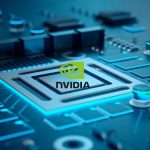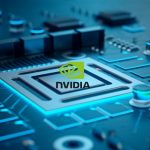A deeper understanding of GPU clusters has become more crucial with the growing computational demands in both cloud and traditional markets. This piece examines the formation of GPU clusters, key vendors, and practical applications.
Essential Components of GPU Clusters
The construction of GPU clusters involves various components categorized into hardware and software essentials. Hardware can be either heterogeneous, incorporating different brands or models of GPUs, or homogeneous, with identical GPUs. Software includes operating systems, GPU drivers, parallel computing platforms, cluster management software, and security programs.
Operation of GPU Clusters
GPU clusters optimize the execution of complex computations by dividing tasks and processing them in parallel. Contrastingly, CPUs handle sequential processing. The efficiency of a GPU cluster is underscored by its approach to task division, simultaneous operation of multiple cores, and effective data management.
Building a GPU Cluster
Establishing a GPU cluster requires an assessment of computational needs, selection of appropriate hardware and software, physical setup, networking, and comprehensive testing. These clusters serve multiple sectors like AI research, weather modeling, financial analysis, particle physics, and pharmaceuticals, exemplified by organizations such as Google and NOAA.










